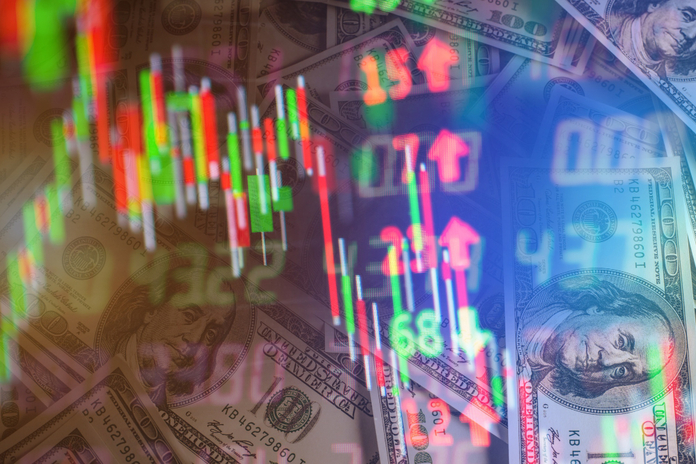As apprehensions over U.S. inflation intensify, some investors are preparing for the possibility of the 10-year U.S. Treasury yield surpassing the 16-year high of 5% recorded last October.
Bond yields, which move inversely to prices, have been on the rise in recent weeks as indications of persistent inflation undermine expectations for the Federal Reserve’s ability to reduce interest rates without further exacerbating consumer prices. The yield on the benchmark 10-year note has surged by 80 basis points this year and currently stands at 4.70%, marking a five-month high.
Many investors are betting on continued weakness in bonds. According to the latest BofA Global Research survey, global fund managers’ fixed income allocations have dwindled to their lowest level since 2003. Meanwhile, bearish Treasury positioning among certain hedge funds has reached its peak for the year, even as other asset managers have increased their bullish bets.
Don Ellenberger, senior portfolio manager at Federated Hermes, remarked, “It all boils down to one word: inflation. If the market doesn’t see signs that inflation is contained, then there’s no reason that yields won’t keep pushing higher.” He has reduced his portfolio’s interest rate sensitivity, anticipating that persistent inflation and robust labor market conditions could propel yields as high as 5.25%.
Further evidence of escalating inflation emerged on Thursday with data revealing that the personal consumption expenditures price index, excluding food and energy, surged beyond expectations in the first quarter. Futures markets now indicate investors expect the Fed to implement just 35 basis points in rate cuts this year, compared to the over 150 points priced in at the start of 2024. Another uptick in inflation, expected in Friday’s PCE data for March, could further diminish expectations of rate cuts for the remainder of the year.
The trajectory of Treasury yields holds significant implications for the market, as elevated yields can translate into higher borrowing costs for consumers and companies, potentially tightening financial conditions in the economy. Fiscal concerns, including worries over rising debt levels, could also contribute to upward pressure on yields.
While some investors have capitalized on bond weakness to bolster their fixed income holdings, others remain skeptical that inflation will subside anytime soon. Arthur Laffer, president of Laffer Tengler Investments, expressed bearish sentiment towards longer-dated Treasuries, suggesting yields could ascend to 6%. Michael Purves, head of Tallbacken Capital Advisors, suggested that if inflation continues to rise due to elevated prices for oil and other raw materials, the 10-year Treasury yield could approach its 2007 high of 5.22%.
Despite the potential for higher yields, Alex Christensen, a portfolio manager at Columbia Threadneedle Investments, believes a return to 5% yields would represent a “high-water mark” for investors. Christensen remains optimistic that the Fed is unlikely to pivot towards rate increases, citing expectations of a stable to lower inflationary trend.
Featured Image: Freepik















